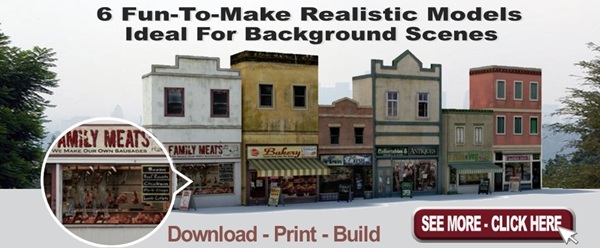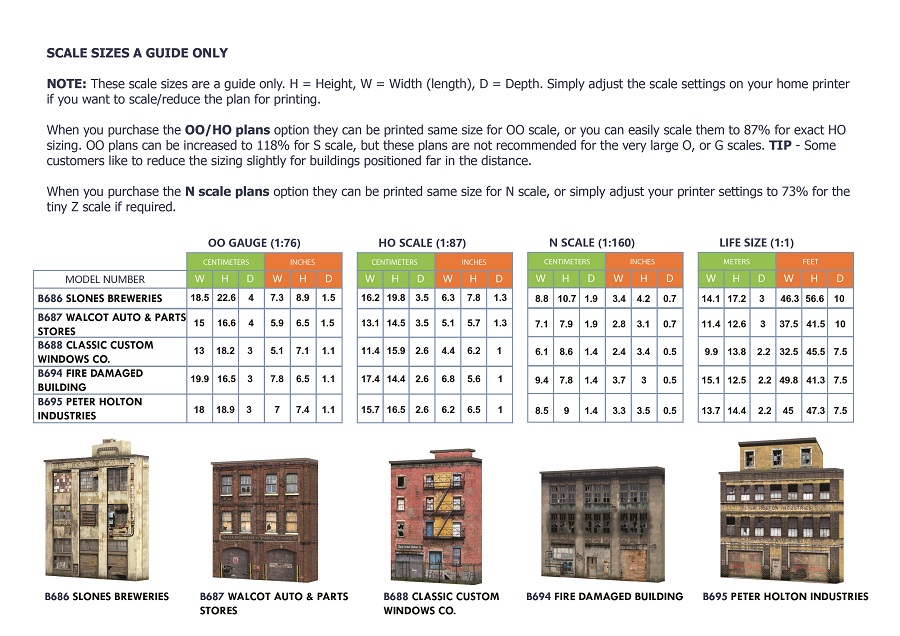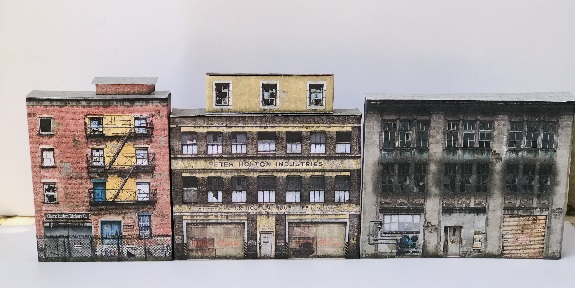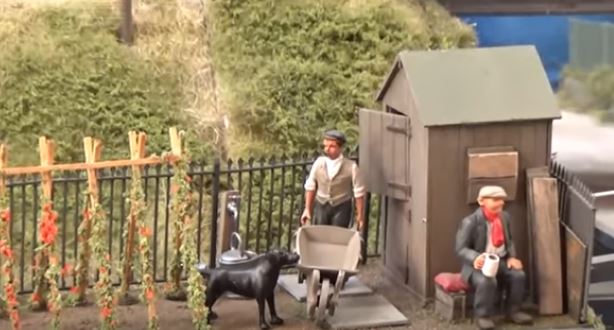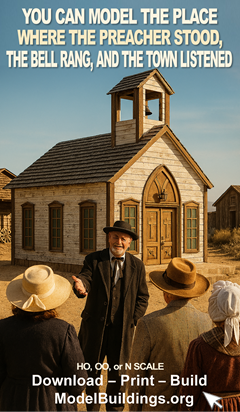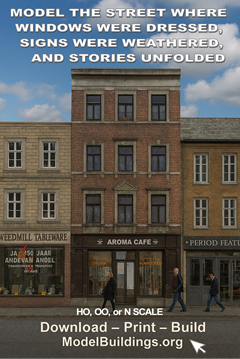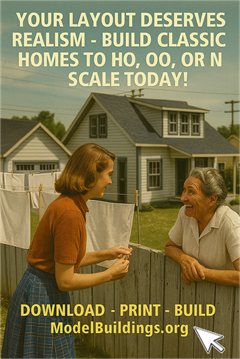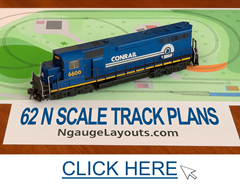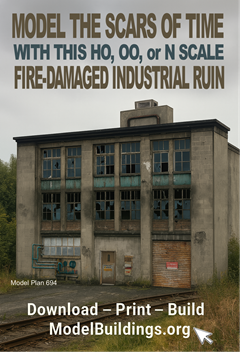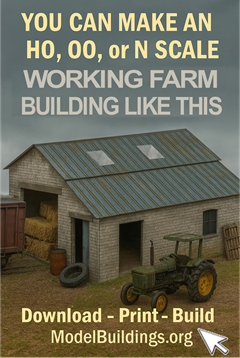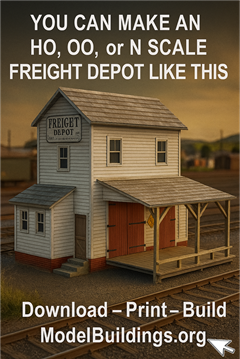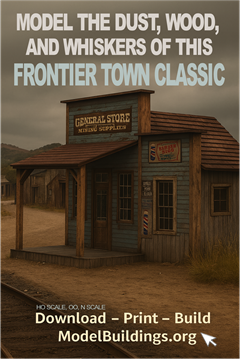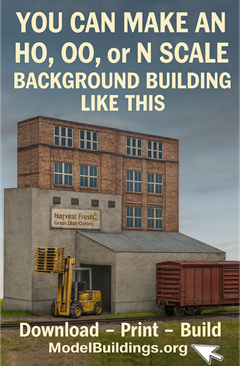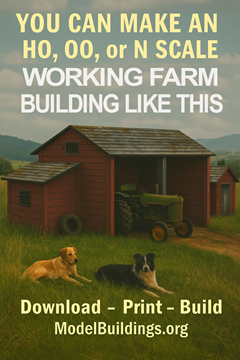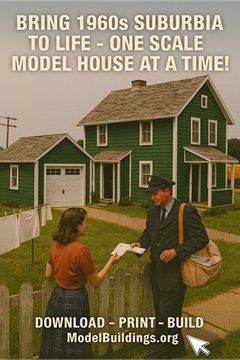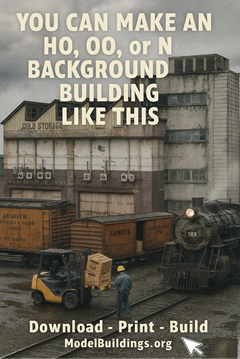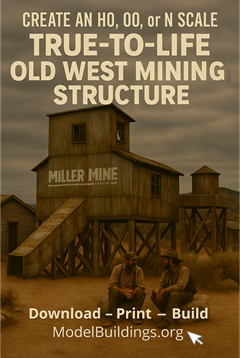Everything on model trains, model railroads, model railways, locomotives, model train layouts, scenery, wiring, DCC and more. Enjoy the world's best hobby... model railroading!
Trains Derailing at Atlas Switch Frogs
Todd asks readers:
I’m having a lot of derailments when my trains go through the frogs on my Atlas turnouts. Both engines and cars are affected. I’ve checked the switch mechanism, but I’m not sure what else to look at. Any tips on how to stop these derailments?
Please add any comments or thoughts below to assist Todd.
Quick Tips For Planning Model Railroad Track Curves
When planning the track layout for your OO gauge, N scale, or HO scale model railroad, there are several important considerations to keep in mind:
- Avoid overly tight curves – Resist the urge to make the track radius tighter than necessary.
- Do tight curves look realistic? – Ask yourself whether tracks with sharp bends actually appear natural and convincing.
- Consider the length of rolling stock – Modern trains typically have longer cars and rolling stock, which can affect curve dynamics.
- Longer rolling stock affects curve perception – Longer trains can make curves seem sharper than they truly are.
- Real-world comparison – Would a full-size railroad use such sharp curves? Chances are, they wouldn’t.
- Real-life curve radii are larger – The curves on actual railroads are much longer than what you can replicate in a model layout, so don’t try to mimic them exactly.
- Maximize track curve size – Fit in the largest possible curves that your model space allows for smoother operation.
- Use scenic tricks – Employ landscaping or other tricks to distract from tighter curves that might otherwise be obvious.
- Check locomotive compatibility – Ensure that any new locomotives and rolling stock can navigate the curves without derailing.
- The era you’re modeling matters – Your track and rolling stock choices will depend on the time period you’re trying to represent.
- Steam-era locomotives – If you’re modeling a steam era layout, it may not be suitable for a smaller layout space due to the larger size of the engines.
- Sharper curves are best for specific themes – Steeper curves work better for specialized layouts like mining, logging, or switching puzzles, where shorter engines and rolling stock are used.
- Size matters – Ensure that the minimum track radius is large enough to accommodate your longest rolling stock and locomotives without issues.
- These tips apply universally – Whether you’re working with N scale, OO gauge, or HO scale, these principles remain the same.
By keeping these points in mind, you’ll create a more realistic, functional, and enjoyable model railroad layout.
Walthers Mainline GE ES44 Evolution Series GEVO Diesel Locomotive With Digitrax DCS52
A reader posted this question on our YouTube Channel. Please add your suggestions below using the COMMENTS tag.
“I recently purchased a Walthers Mainline GE ES44 Evolution Series GEVO diesel locomotive with DCC and sound. I am currently facing an issue when attempting to change the short address (*CV1*) from the default value of 3 to another number. I am using a Digitrax DCS52 (Zephyr Express). When I attempt to write a new value to CV1, the system shows the operation as “Done,” but the locomotive still responds only to address 3. Additionally, when I use the CV programmer menu, it successfully reads CV values, but when I attempt to write, it shows ‘no pulse acknowledge.’ I’ve confirmed proper track and wheel contact, and the other decoders program is fine using the same system. Could you please advise if there is a known issue with CV writing on this unit or if any special programming method is required for this model?”
Kadee Coupler Trip Pins
Warren asks:
“I don’t use magnetic uncouplers so want to know the best way or tool to clip off or bend the trip pins so they can’t snag on grade crossings. I would like to hear what others have done please.”
You can share your feedback below. Click on COMMENTS.
How To Construct This Railroad Industrial Warehouse To Sit Behind Your Scale Model Railroad Layout Track
You can download the plans from this web page https://www.modelbuildings.org/6-railroad-industrial-background-ho-scale-models
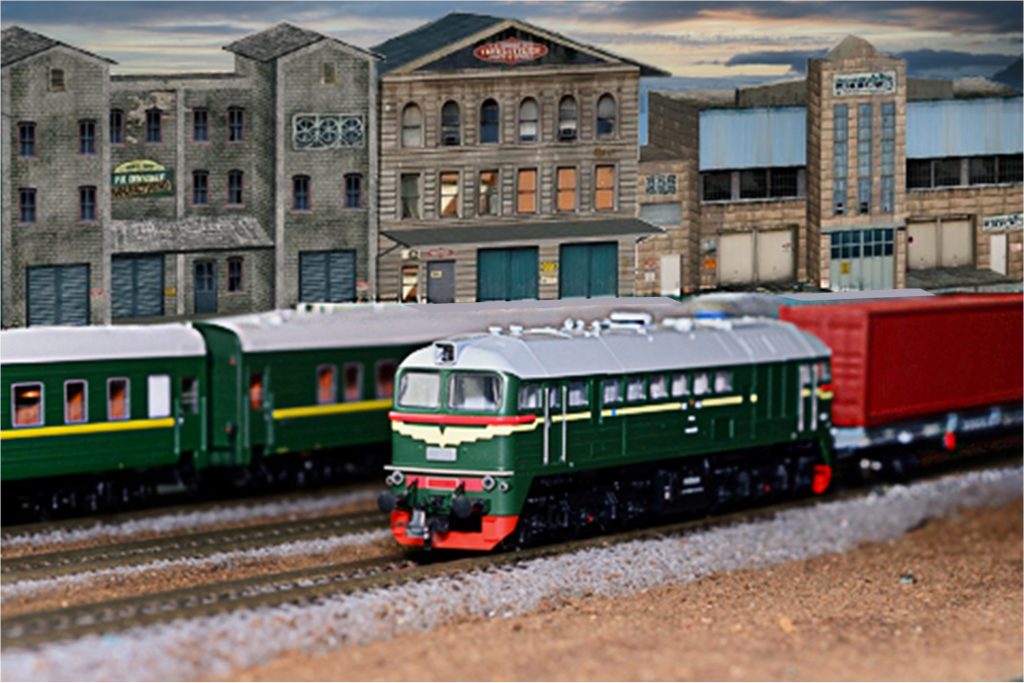
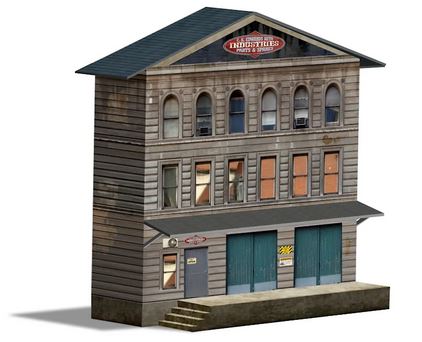
Digitrax UT4 R Throttle
Herman asks readers:
“I am using a Digitrax UT4 R throttle on a DCC power railroad, can you control a switch machine when having an opt session?”
Include your comments below.
Need Help Wiring Model Railroad Street Lights
Michael asks:
“Hi everyone. I have a model car display that I purchased HO scale Lionel streetlights to add some ambience. I am not a train guy or an electricity guy. The lights ask for 6 -18v DC power supply (they also come with resisters). My question is there a way to use a phone charger (says up to 3A) and its cable (stripped to individual wires) to power these lights? I already tried once, hooking the black-to-black and red-to-red wires for one light (no resistors), and plugging it in did nothing. Is this a fool’s approach that just will not work? Thanks for any advice.”
Disclaimer: Any answers or suggestions submitted by others are comments only, and any matters relating to electricity should always be checked by experts with qualifications in matters relating to electricity.
Make These Pre-Weathered Old Derelict Background Buildings To Add Character and Realism To Your Model Railroad
Adding Realism Helps Bring Your Model Railroad To Life
Recommended Track Cleaning Cars
Roland asks:
“Which would you guys recommend – Bachmann, Dapol, Gaugemaster, CMX, or a Woodland Scenics track cleaning kit?”
You can contribute an answer or comment below.
Quick 3 Minute Video Shows How Quick and Easy It Is To Make HO Scale, OO, or N Scale Background Structures That Look Truly Authentic Like This One
This plan can be downloaded at https://www.modelbuildings.org
A Free Catalog is also available on the website.
Lush Vegetation On Model Railroad Layout
I came across these archived photos sent in by David R showing some good examples of rural scenes on a model train layout. They are too good not to share.
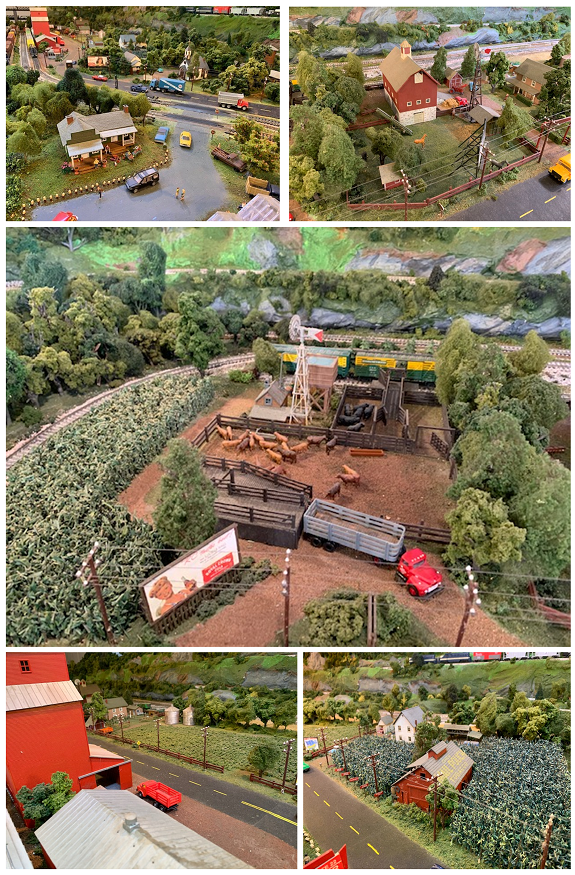
Derailments at Switches
Larry posts this question to readers:
“I recently set my pre-1980s N-gauge train up after it was in a box for fifty-some years. I set up a temporary oval track with no switches and was absolutely amazed and excited that it still works. Now I am working on a permanent layout and purchased some new track pieces including manual switches, all code 80 which matches my old track. My problem is derailments at the switches and I believe the cause, thanks to the tips here, to be the old wheels on my locomotives and rolling stock. I shopped around online to buy new wheels and quickly got lost. My first question is if RP27 the correct standard or should it be RP25? My second question is how can you tell for sure if you are buying wheels made to the correct standard? I see lots of wheels for sale from multiple manufacturers but they don’t have details on specifications. I have all old style couplers as well but am hoping to get away with just replacing the wheels. Thanks in advance for any and all help!
Best Turnout For Siding With 22 Radius Curve
Julius models in HO scale and posts this question for readers:
“I am using the Bachmann EZ Track (Grey Roadbed) for my track layout. I have recently started (less than two months) and am having an issue finding the correct turnout needed to create a siding. Do your readers know which turnout (Remote, #4, #5, #6) would be best for me?”
You can post your answers or comments below this post to assist Julian.
Using A Double Mainline Pulling 20 Cars
Allan models O Gauge and posts this question for readers:
“What is the best incline for a double mainline using a total of 20 cars including the engine? Also, can a double slip crossover be made using Lionel Fastrack?”
Lionel Fastrack System
Allan asks readers:
“I am using a Lionel O-Gauge Fastrack and wondered if I can setup my layout with the DCC System?”
You can comment below to assist Allan.
Rolling Stock Scheduled Maintenance
Patrick asks:
“My collection of passenger and freight cars is growing and it could be time to collate a maintenance schedule of some kind. Wheel sets, weight, couplers, loose parts, pivots, etc. Am I overthinking problems, or should I just look each one over or test for rollability before I put it on the track?”
Please add your COMMENTS under Patrick’s post.
Bridge Building On Scale Model Railroads – See How
There are many ways to construct bridges and the method used usually depends on the type, size, and style of bridge being built. This quick video demonstrates one popular method.
You can download the plans to build this and other bridges here
